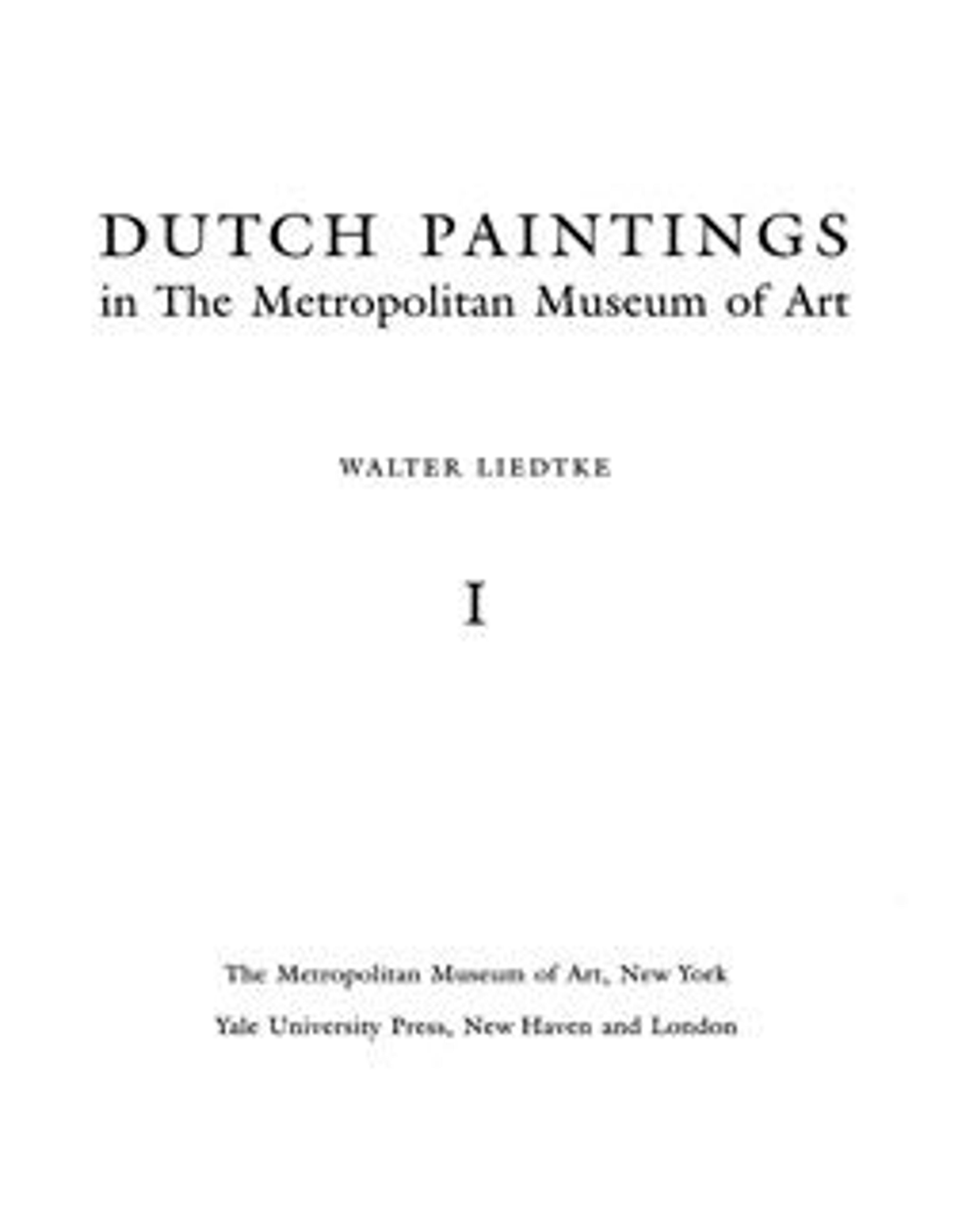Portrait of a Woman
Hanneman was a highly successful portraitist in The Hague, where his Dutch version of Van Dyck's style ideally suited the court city's cosmopolitan patrons. This portrait of an elegant young woman dates from about 1653. The detailed passages of lace were probably painted by an assistant.
Artwork Details
- Title:Portrait of a Woman
- Artist:Adriaen Hanneman (Dutch, The Hague 1603/4–1671 The Hague)
- Date:ca. 1653
- Medium:Oil on canvas
- Dimensions:31 1/2 x 25 in. (80 x 63.5 cm)
- Classification:Paintings
- Credit Line:Marquand Collection, Gift of Henry G. Marquand, 1889
- Object Number:89.15.27
- Curatorial Department: European Paintings
More Artwork
Research Resources
The Met provides unparalleled resources for research and welcomes an international community of students and scholars. The Met's Open Access API is where creators and researchers can connect to the The Met collection. Open Access data and public domain images are available for unrestricted commercial and noncommercial use without permission or fee.
To request images under copyright and other restrictions, please use this Image Request form.
Feedback
We continue to research and examine historical and cultural context for objects in The Met collection. If you have comments or questions about this object record, please contact us using the form below. The Museum looks forward to receiving your comments.
